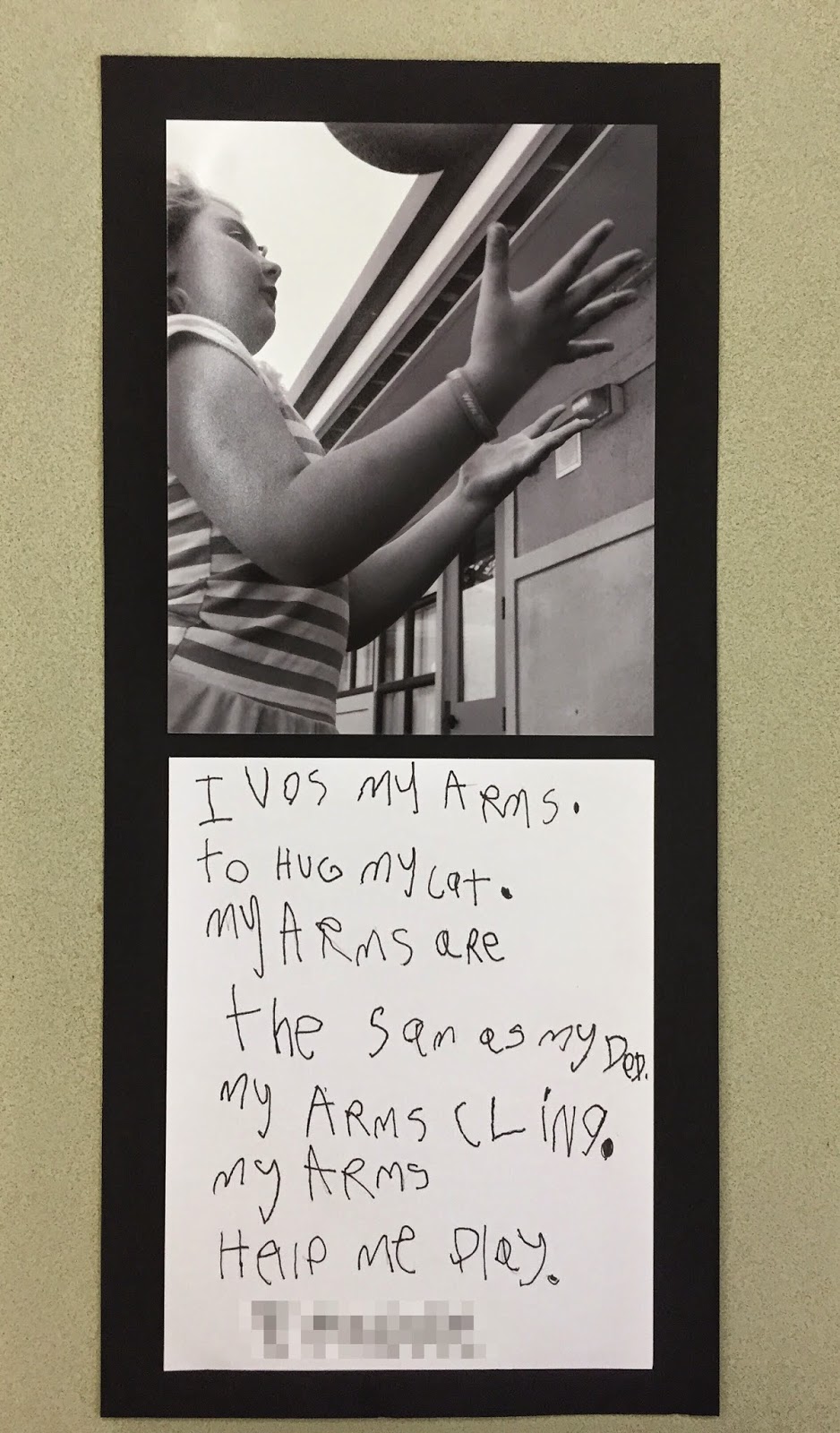Yesterday I introduced a new game to my class using buckets of word tiles (Tub O' Words from Lakeshore- you could also write the words on paper, beads, etc).
I cannot believe how much my students love this game! And moreso, how much they say the words and talk about phonics when playing!
"Aw you got their- that was my word!"
"Look- you have was and saw- that's backwards."
"cute fat cat" making phrases out of the words or reading all of the tiles they have.
The tiles have a mix of sight words, short vowels and long vowels. It is great practice for students who are still working on identifying long vowels. Ex: if a student got cute but said cut, I could say, "well, there's an 'e' on the end so it's....." and the student would say "cute!"
Check out the video to learn how to play!
Basics:
1. If you say the word correctly, you keep the word
2. If you get an underlined word, put all of your tiles back *Forgot to mention that I also swapped an orange for a green in each bin- if you get that tile it means that you get an extra turn. You could also circle the word to indicate that you get to go again.










